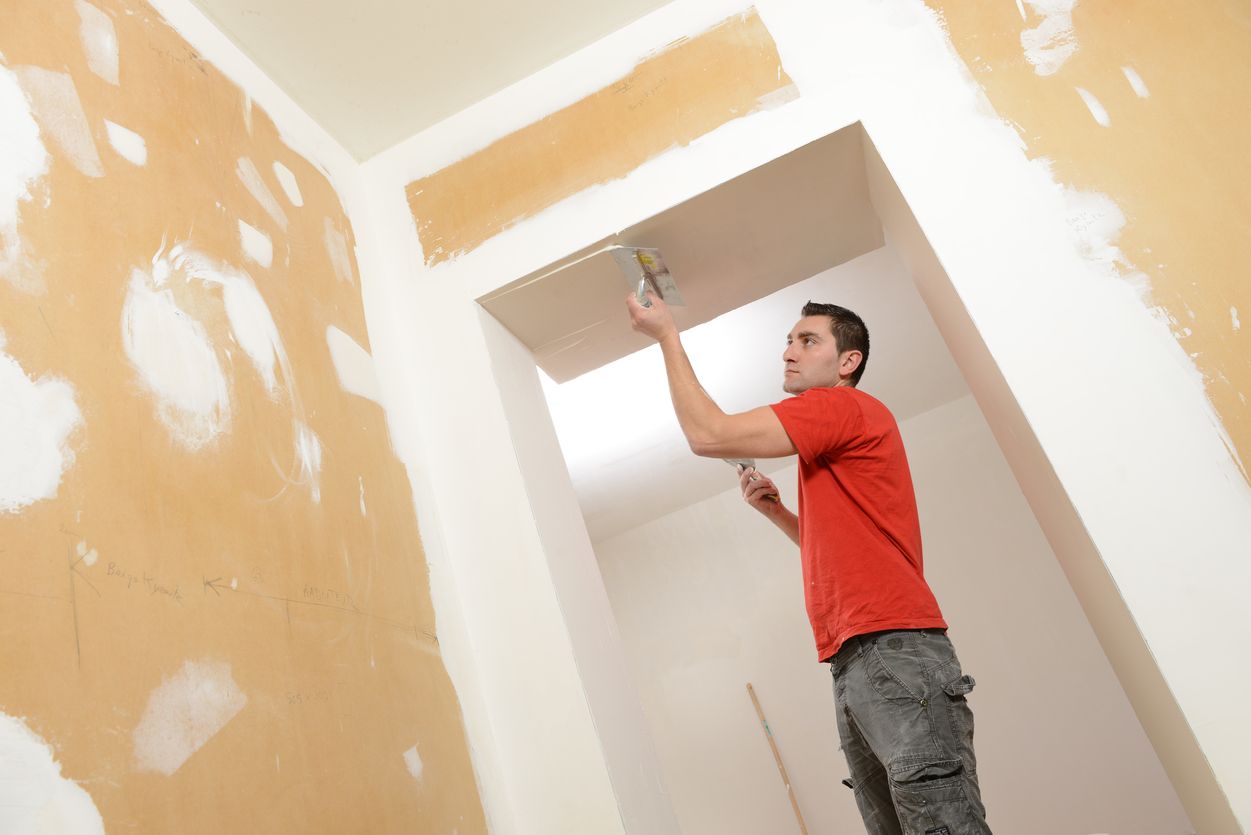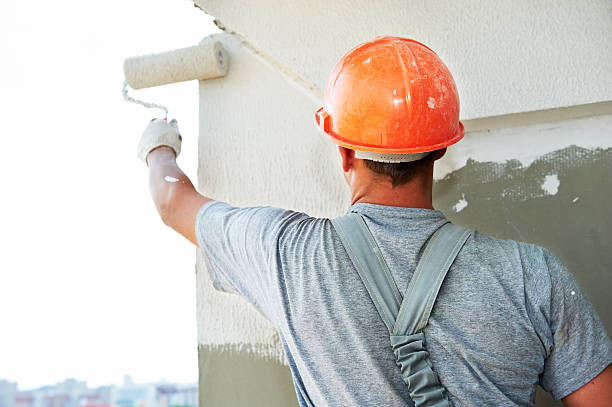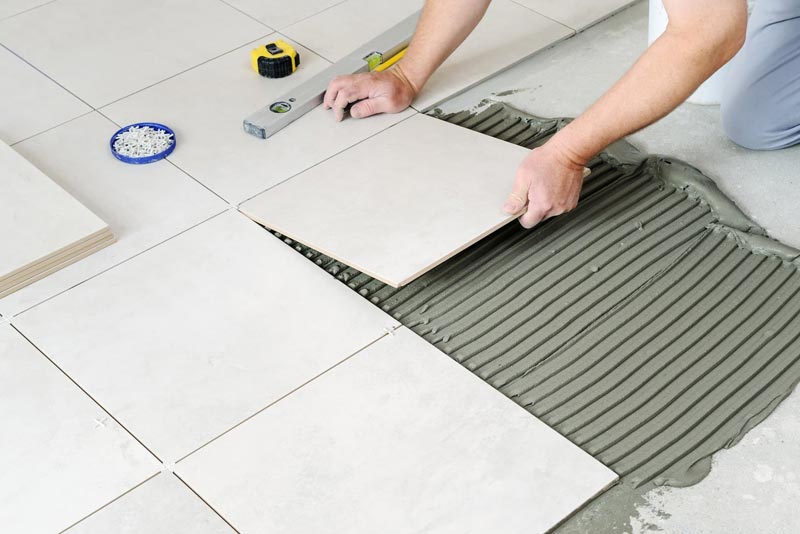Gypsum board (GIB) fixing is an essential aspect of construction and renovation projects, ensuring the stability and durability of interior walls and ceilings. Understanding the intricacies of GIB fixing is crucial for builders, homeowners, and anyone involved in construction or remodeling endeavors. In this comprehensive guide, we delve into the fundamentals of GIB fixing, common techniques, signs indicating the need for fixing, preventive measures, and much more.
Introduction
GIB fixing involves the installation of gypsum boards to create smooth, flat surfaces for painting or wallpapering. These boards, also known as drywall or plasterboard, are commonly used in interior construction due to their versatility and ease of installation. However, improper fixing or neglecting GIB issues can lead to structural weaknesses and aesthetic flaws.
Understanding GIB Fixing
What is GIB Fixing?
GIB fixing refers to the process of securing gypsum boards to wall or ceiling frames using various techniques and materials. Proper fixing ensures stability and uniformity in surface finish, facilitating subsequent decoration.
How GIB Fixing Works
Gypsum boards are typically attached to wooden or metal frames using screws or nails. The joints between boards are then filled with joint compound and covered with tape to create a seamless surface.
Components of GIB Fixing
GIB fixing involves several components, including gypsum boards, framing materials, fasteners (screws or nails), joint compound, and tape. Each component plays a crucial role in achieving a sturdy and visually appealing finish.
Common GIB Fixing Techniques
GIB fixing can be accomplished through various techniques, including:
Chemical Fixing
Chemical adhesives may be used to attach gypsum boards to walls or ceilings in situations where traditional fastening methods are impractical.
Mechanical Fixing
Mechanical fixing involves securing gypsum boards to frames using screws or nails. This method is widely used in conventional construction practices.
Biological Fixing
Biological fixing refers to the use of organic materials, such as hempcrete or straw bales, in combination with gypsum boards to create eco-friendly and breathable wall systems.
Signs You Need GIB Fixing
Symptoms of GIB Issues
Common symptoms of GIB problems include cracks, bulges, or sagging in walls or ceilings, as well as visible joint lines or uneven surfaces.
Recognizing the Need for GIB Fixing
Prompt action is required upon noticing any signs of GIB issues to prevent further structural damage or aesthetic deterioration.
Stopping GIB Issues
Preventive Measures
Regular inspection and maintenance of gypsum board installations can help identify and address potential issues before they escalate.
Reactive Measures
In cases where GIB issues have already occurred, timely intervention through repair or replacement is essential to restore structural integrity and appearance.
The Ultimate Guide to GIB Fixing
Step-by-Step Process
- Assess the condition of existing gypsum board installations.
- Prepare surfaces for fixing, ensuring they are clean and level.
- Measure and cut gypsum boards to fit the desired area.
- Attach boards to frames using appropriate fastening methods.
- Fill joints with joint compound and embed tape to create seamless joints.
- Sand and finish surfaces for painting or wallpapering.
Best Practices
- Use high-quality gypsum boards and fixing materials for optimal results.
- Follow manufacturer guidelines and industry standards during the fixing process.
- Pay attention to environmental factors that may affect gypsum board performance.
Importance of Professional Assistance
When to Seek Professional Help
Complex GIB issues or large-scale installations may require the expertise of experienced professionals.
Benefits of Hiring Experts
Professional GIB fixers possess the skills, tools, and knowledge necessary to tackle challenging projects efficiently and effectively.
DIY GIB Fixing Techniques
Safe Practices for DIY Fixes
DIY enthusiasts can attempt simple GIB fixing tasks with proper guidance and safety precautions.
Tools Required for DIY GIB Fixing
Basic tools such as drills, screwdrivers, and drywall knives are essential for DIY GIB fixing projects.
Ensuring Long-Term GIB Health
Maintenance Tips
Regular cleaning and inspection of gypsum board surfaces can help prolong their lifespan and prevent potential issues.
Regular Inspections
Scheduled inspections by homeowners or building managers can help identify and address emerging GIB problems before they worsen.
Environmental Factors Affecting GIB
Weather Conditions
Extreme temperatures or humidity levels can impact gypsum board performance and durability.
Humidity and Moisture
Excessive moisture in the environment can lead to mold growth and deterioration of gypsum board materials.
Case Studies and Examples
Real-Life Instances of GIB Issues
Case studies showcasing successful GIB fixing projects and challenges encountered along the way provide valuable insights for industry professionals.
Successful GIB Fixing Stories
Testimonials from satisfied customers highlight the importance of proper GIB fixing and its transformative impact on interior spaces.
GIB Fixing in Different Settings
Residential GIB Fixing
Homeowners can enhance the aesthetics and functionality of their living spaces through well-executed GIB fixing techniques.
Commercial GIB Fixing
Business owners and property managers rely on GIB fixers to maintain and upgrade interior environments for optimal employee productivity and customer satisfaction.
Cost Considerations
Budgeting for GIB Fixing
Factors such as labor costs, material expenses, and project scope should be taken into account when budgeting for GIB fixing projects.
Cost-Effective Solutions
Exploring cost-effective alternatives and negotiating with contractors can help minimize expenses without compromising quality.
Future Trends in GIB Fixing
Technological Advancements
Innovations in materials and tools are reshaping the GIB fixing landscape, offering faster, more efficient solutions for construction professionals.
Sustainability in GIB Fixing
Growing awareness of environmental concerns is driving the adoption of eco-friendly GIB fixing practices and materials.
Conclusion
Understanding GIB fixing and stopping is essential for maintaining the structural integrity and visual appeal of interior spaces. By following the guidelines outlined in this ultimate guide, homeowners, builders, and professionals can address GIB issues effectively and ensure long-term durability and aesthetics.



